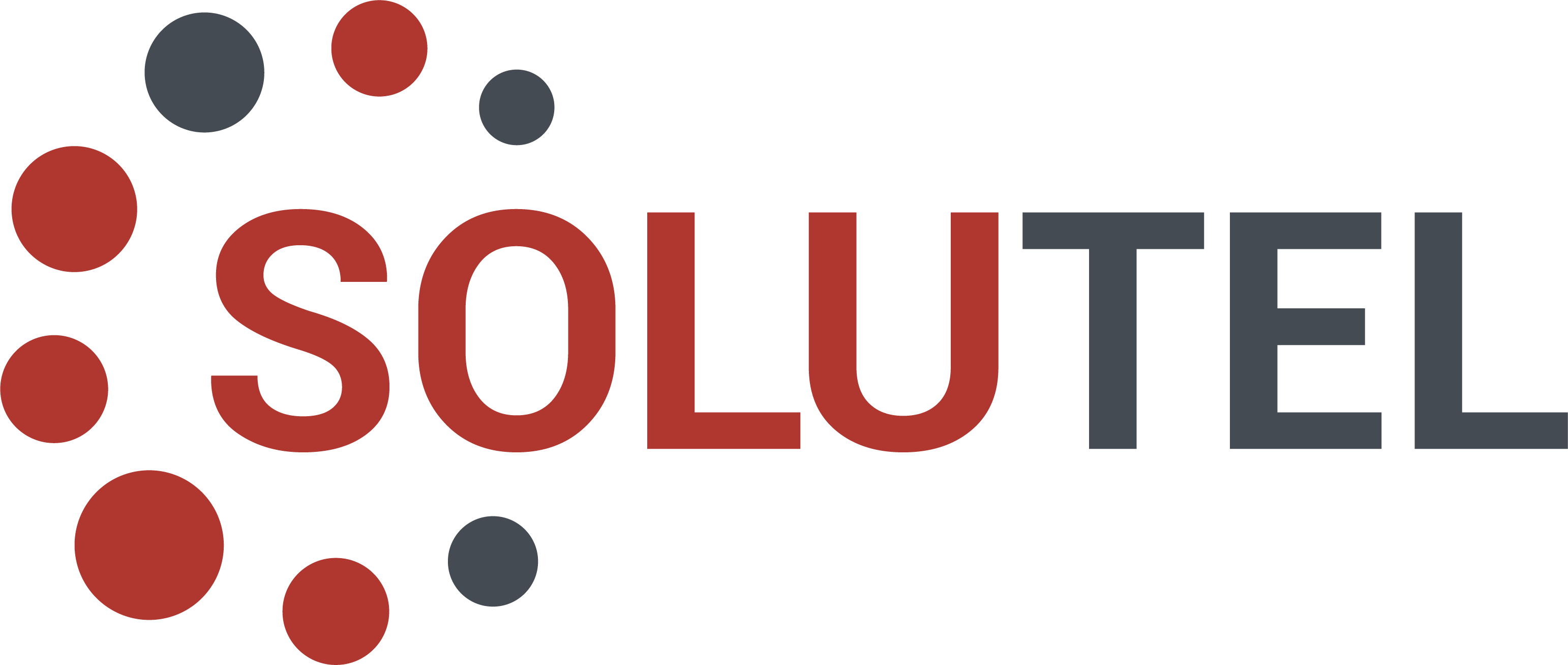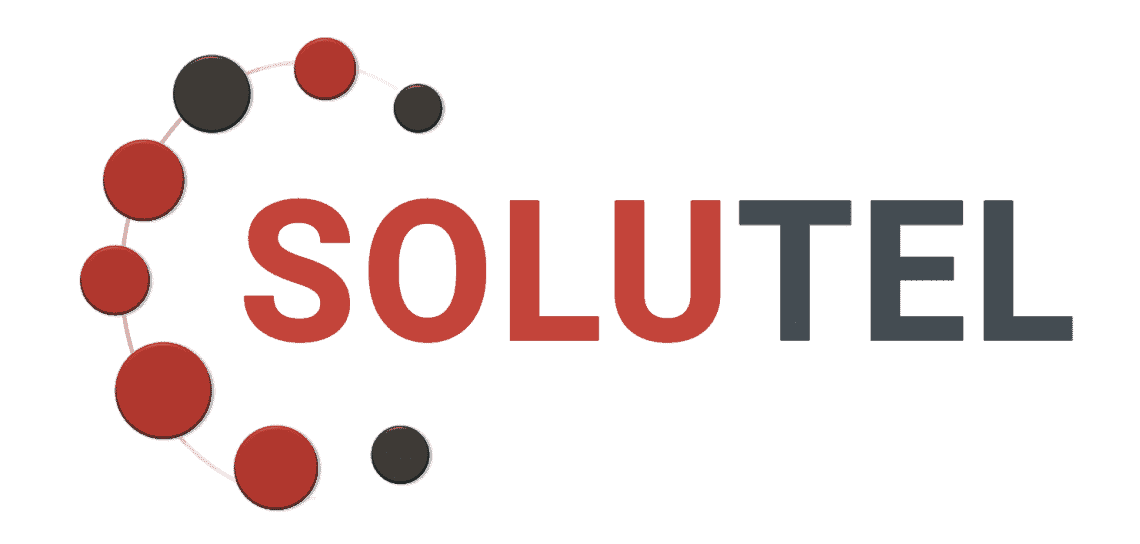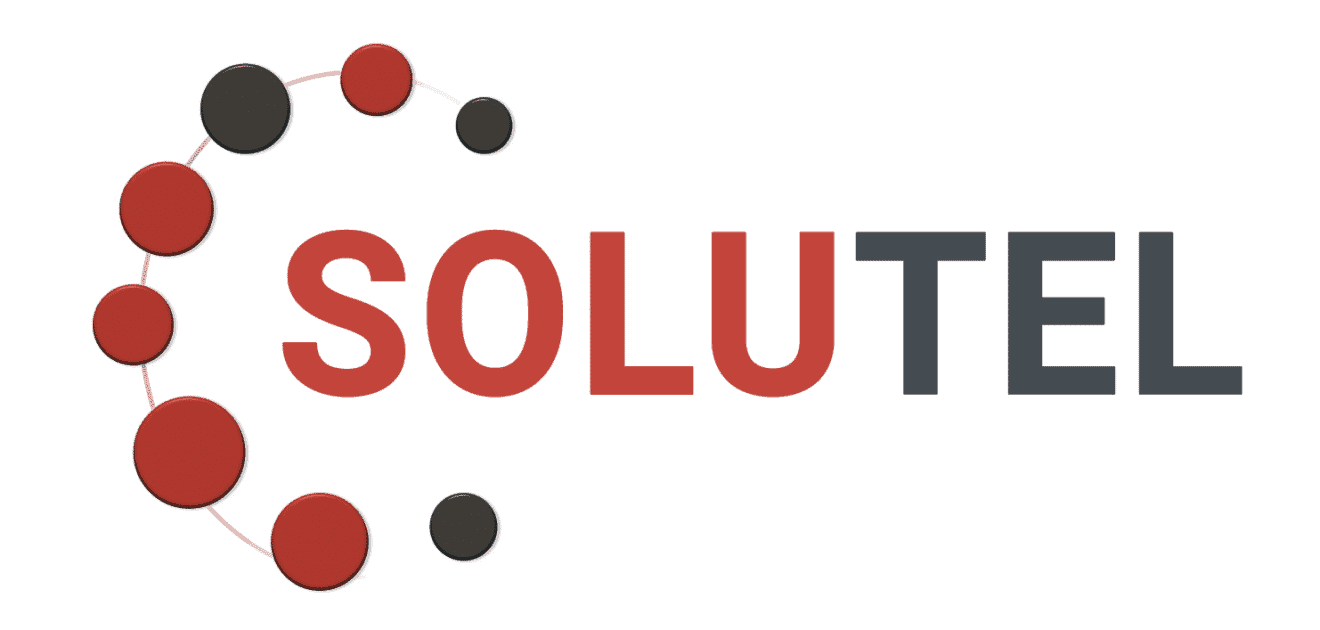5G – Advantages
Cisco CEO Robbins: "There's no hype about 5G, it's an incredible leap."
https://www.expansion.com/economia-digital/protagonistas/2019/03/05/5c7eaf9de5fdeaed308b4574.html It promises dramatically improved performance for mobile workers and businesses. Improved speed, latency and power consumption.What is 5G
The term 5G refers to the fifth generation mobile network. It features a new technology improved from the current 4G/LTE, mainly in terms of speed, latency and power consumption. It is a new way of using mobile devices. It offers advantages such as faster connection speed and greater autonomy in the device, despite causing a higher performance. While the maximum speed of 4G technology is only 1 Gbps, the International Telecommunications Union has set the speed of 5G at a standard of up to 10Gbps, which is faster than fiber optics. In short, 5G is the next generation of mobile data. As we have already mentioned, the 5G speed promises to be far superior to the 4G mobile network and 100 times faster than current wireless systems, this means a total revolution in the IoT. Internet of Things: keeping everything connected to your phone (home, health services, automobiles, machines, appliances...) Another of the many advantages of 5G is the reduction of latency. The time for the transfer of a data packet will be reduced, being this latency between 1 and 4 milliseconds. Communication will be immediate, as will the downloading of files. 5G technology will be fast, mobile and secure.| Feature | 4G | 4G+ | 5G |
|---|---|---|---|
| Speed (Mbps) | 200 | 1200 | 10000 |
| Latency (milliseconds) | 100 | 20 | 1-4 |
5G and Wifi6 to be deployed together in the enterprise
For enterprise IT departments, it will be a challenge to manage these access technologies separately, and it will be a priority to have them as integrated systems, with unified policies, security and analysis. Users and devices will need to move between 5G and Wi-Fi 6 systems, and the IT manager will want the experience to be seamless and easy to manage at scale. The 5G network will also simplify mobility, with seamless open roaming capabilities between cellular and Wi-Fi access. Mobile users can stay connected while roaming on outdoor wireless connections and indoor wireless networks without user intervention or the need to re-authenticate.Cisco Powerx 5G
Other related news:
Wi-Fi 6. IEE 802.11ax. Usos y novedades.
Share this post
Publications
related
Joining a Webex meeting from a web browser
Do I need a webex account to join a meeting? You do not need a Webex account to join meetings to which you are invited. You can join a webex meeting from a browser. You simply need an email invitation that provides the necessary information to enter the meeting. How to join a...
Securing the OT network
Securing the OT (Operational Technology) network is crucial for several important reasons, as OT networks are an essential component in critical industries such as energy, manufacturing, healthcare and public infrastructure. Here are some reasons why it is important to secure the OT network: Protection against cyber-attacks: OT networks are increasingly susceptible...
Bang & Olufsen Cisco 950, the importance of a good professional headset in video calls.
Bang & Olufsen Cisco 950, the importance of a good headset in video calls. In today's digital age, video calls have become an essential tool for communication, whether for work or personal use. Audio quality plays a crucial role in the effectiveness of these virtual conversations, and this is where...
SOLUTEL has achieved the Cisco Environmental Sustainability Specialization.
SOLUTEL has achieved the Cisco Environmental Sustainability Specialization. Effective August 7, 2023. SOLUTEL has shown its commitment to join Cisco in driving positive environmental change and creating an inclusive future for all in SPAIN. In recognition of its commitment, SOLUTEL will be identified as a holder of the Cisco Environmental Sustainability Specialization. SOLUTEL...








